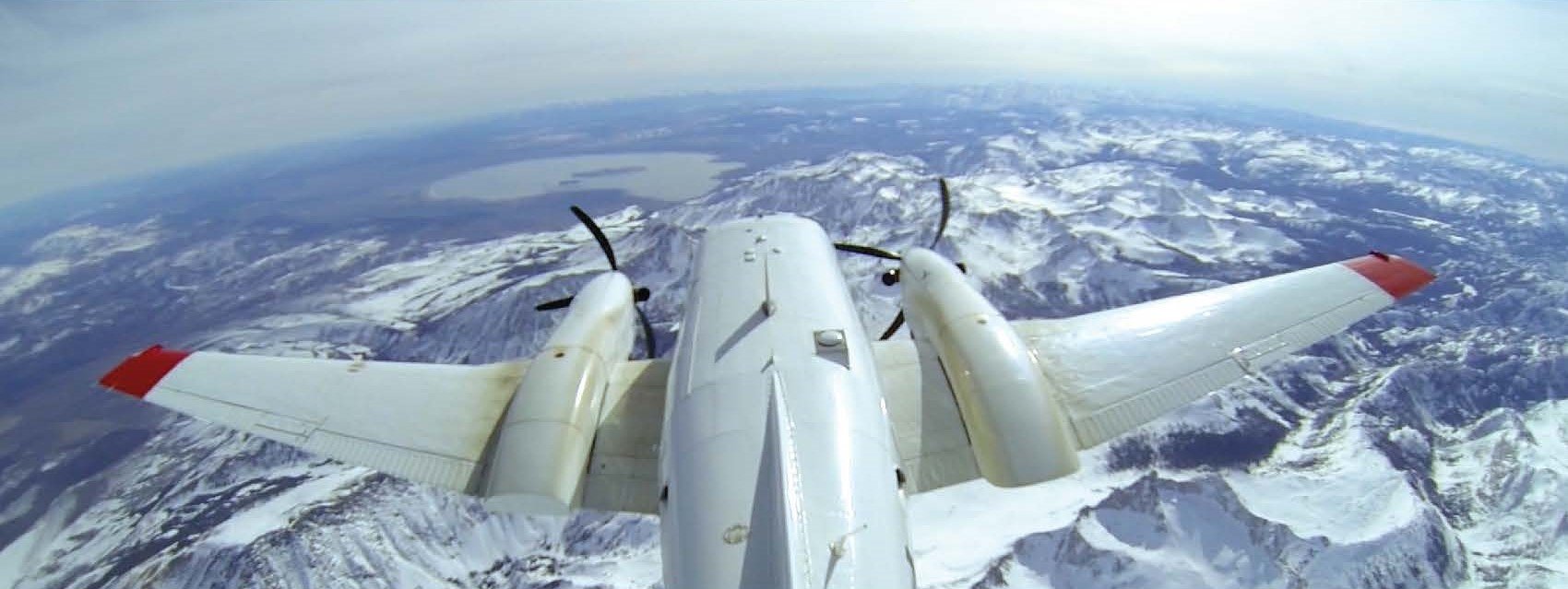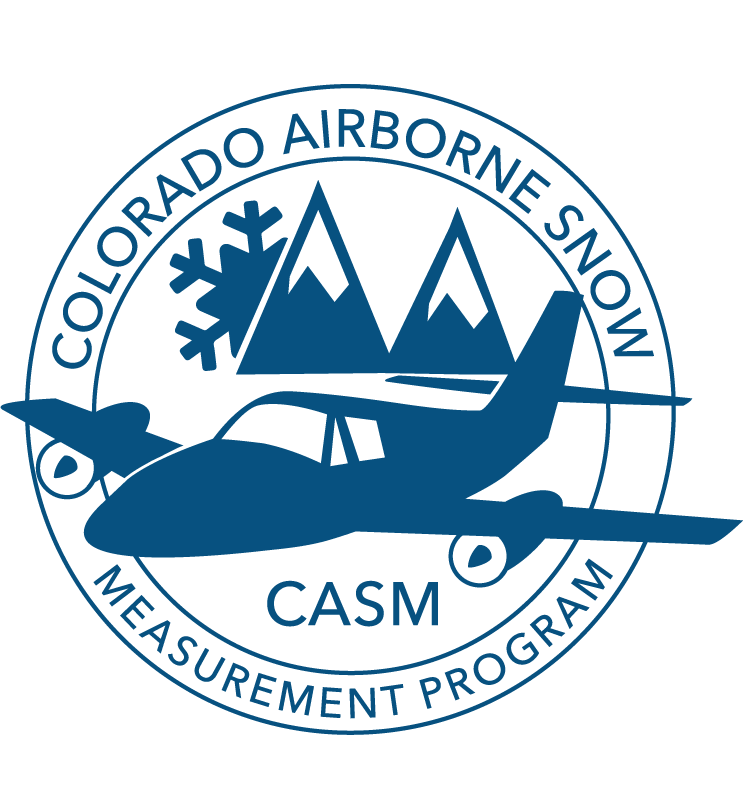
2023 Fraser River Collection System Case Study
Key Findings
3 ASO snow surveys conducted in 2023
3 ASO snow surveys were conducted in 2023 in the headwaters above this collection system
Fraser River Collection System
The Fraser Collection System is a complicated series of headgates and canals that supply diversions for the Moffat Tunnel transmountain diversion
Local SNOTEL sites provided incomplete information
Precise snowpack information allowed Denver Water to optimize its use of this collection system and maintain stream health
Fraser River Collection System
Project Background
The Fraser River Collection System collects water from the Upper Fraser River, and delivers it to the East Slope via the Moffat Tunnel transmountain diversion. This system represents about 20% of Denver Water’s Supply, and uses 34 miles of canals, pipes and tunnels and 30 diversions spanning 6 sub-watersheds. Aside from the snowpack, there is not a storage reservoir above this complex network of diversion infrastructure.
This system is complicated to operate, and also there is limited information to make decisions year to year. The Fraser River only has one official forecast point from the Colorado Basin River Forecast Center and 3 SNOTEL sites within the range of 10,600 to 11,300 ft elevation. Additionally there are only 7 stream gages downstream of the headgates.
Statistical methods to forecast water available at each of the headgates have shown low skill. There is a poor correlation between gage flow on the Fraser River and flow in individual subbasins.
An additional problem is that many of the Fraser system headgates must be opened manually. Without precise snowpack measurements, all headgates are opened to divert water with a priority based on ease of access.. As flows increase, diversions are then shut off.
ASO Application
The Fraser River has received ASO snow surveys in 2022, 2023, and 2024. In 2023, there were 3 surveys, March 21-22, April 14, and May 30th. Denver Water typically makes decisions around Fraser River collection operations around the end of March, before runoff season. Flight timing for the Fraser was planned to capture:
Late winter conditions prior to peak SWE
Melt season conditions immediately following peak SWE
Snowpack once all basin SNOTEL sites have melted out.
The distributed snowpack information across the Fraser River headwaters from ASO showed Denver Water the precise water volume contained in the subbasins above each diversion. This improved ASO snowpack data gave Denver Water confidence in forecast values for these difficult to forecast locations.
Results
Based on the streamflow forecasts and ASO raw snowpack data in 2023, Denver Water was able to optimize the use of each subbasin in the Fraser River collection system.
Based on supply needs and the amount of snowpack and water in other basins, Denver Water did not open diversions in the Cabin Creek and Meadow Creek basin areas. This allowed for flushing flows in that system. Peak flow at the Cabin Creek near Fraser gage reached 82 cfs, more than double the average peak flow of 35 cfs. Flushing flows are important for the ecological function of the stream and are not frequently achieved. The Target flushing flow at the Cabin Creek gage is 50 cfs, this has been achieved only 3 times, including 2024, since the gage was installed in 2016. Flushing flows were also achieved on Ranch Creek downstream of Meadow Creek due to this operation.
Denver Water used the ASO snowpack estimates above each headgate to optimize which headgates should be opened, for how long, and to divert how much water. Since some headgates were used less than they have been traditionally, more water remained in the various tributaries to the Fraser River. Denver Water was able to balance multiple objectives for this diversion project:
Maximize deliveries via the Moffat Tunnel
Minimize excess diversions and unnecessary use of headgates
Maintain environmental flows in the ungaged tributaries of the Fraser River




